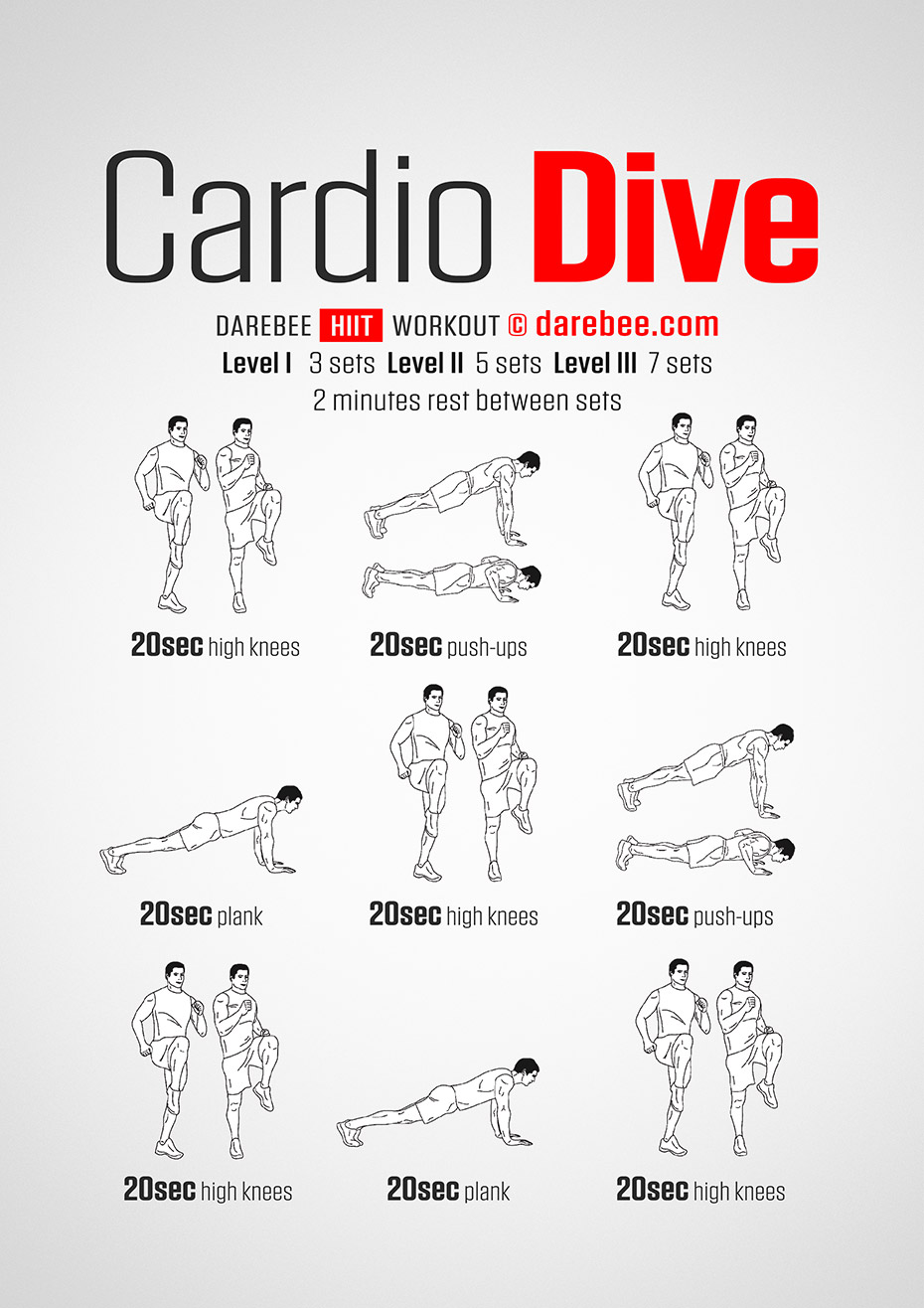
Riding the Wave Safely: A Comprehensive Guide to Surfing Safety
Surfing, with its exhilarating blend of adrenaline and tranquility, attracts millions worldwide. However, the ocean is a powerful and unpredictable force, demanding respect and a thorough understanding of safety precautions. Ignoring these can lead to serious injury or even death. This comprehensive guide delves into crucial surfing safety tips, covering aspects from choosing the right conditions to handling emergencies.
I. Pre-Surf Preparation: Laying the Foundation for a Safe Session
Before even setting foot on the beach, meticulous preparation is key. This begins with:
-
Checking the Surf Report: Never underestimate the importance of a reliable surf report. Websites and apps provide detailed information on wave height, swell direction, wind conditions, and tide. Understanding these elements allows you to choose a break appropriate for your skill level. Beginners should stick to smaller, gentler waves, avoiding powerful breaks with strong currents.
-
Knowing Your Limits: Honesty about your abilities is crucial. Don’t push yourself beyond your comfort zone, especially in challenging conditions. Progress gradually, building confidence and skills incrementally. Surfing with someone more experienced can provide guidance and support, especially for beginners.
-
Equipment Check: Ensure your surfboard is in good condition, with no significant cracks or damage. Inspect your leash for wear and tear, ensuring it’s securely attached to both your board and ankle. A properly functioning leash prevents you from being separated from your board, reducing the risk of injuries from collisions or being swept away by strong currents.
-
Appropriate Attire: Wear a rash guard or wetsuit suitable for the water temperature to protect yourself from the sun, cold, and potential abrasions. Consider wearing a helmet, especially for beginners or when surfing in powerful waves, to mitigate head injuries.
-
Sun Protection: The sun’s intensity at the beach is significantly higher than on land. Apply a high-SPF waterproof sunscreen liberally and reapply regularly. Wear a hat and sunglasses for added protection.
-
Hydration and Nutrition: Surfing is physically demanding. Stay hydrated by drinking plenty of water before, during (if possible), and after your session. Consume a nutritious meal or snack beforehand to provide sustained energy.
II. Understanding the Ocean Environment: Recognizing Potential Hazards
The ocean is a dynamic and often unforgiving environment. Understanding its inherent risks is paramount:
-
Rip Currents: These powerful channels of water flowing away from the shore can quickly sweep even strong swimmers out to sea. Identifying rip currents is crucial. They often appear as calmer, clearer patches of water amidst breaking waves, or as channels with different colored water. If caught in a rip current, don’t fight it by swimming directly against it. Instead, swim parallel to the shore until you’re out of the current, then swim back to the beach at an angle.
-
Waves: Understanding wave dynamics is essential. Learn to identify the different types of waves, their power, and how they break. Avoid surfing in overly powerful waves if you lack the experience to handle them. Observe experienced surfers to learn how to read the waves and position yourself safely.
-
Rocks and Reefs: Many surf breaks are located near rocks or reefs, posing a risk of collision and injury. Pay close attention to your surroundings and avoid surfing in areas with submerged obstacles unless you’re experienced enough to navigate them safely.
-
Marine Life: While encounters with dangerous marine life are relatively rare, it’s important to be aware of potential hazards such as jellyfish, sharks, and stingrays. Avoid surfing in areas known for high concentrations of dangerous marine life.
-
Weather Changes: The ocean’s conditions can change rapidly. Be aware of approaching storms, sudden changes in wind, or increased wave height. Exit the water immediately if conditions deteriorate.
III. Surfing Etiquette and Safety in the Water:
Maintaining good surfing etiquette not only ensures a more enjoyable experience for everyone but also contributes to overall safety:
-
Paddle Wide: When paddling out, maintain a wide berth from other surfers to avoid collisions. Communicate your intentions clearly with verbal cues or hand signals.
-
Right of Way: The surfer closest to the peak of the wave has the right of way. Yield to others who are already riding a wave. Avoid dropping in on another surfer, as this can lead to collisions and injuries.
-
Don’t Hog Waves: Avoid repeatedly taking the same wave if other surfers are waiting. Share the waves fairly.
-
Observe Local Customs: Each surf break has its own unique culture and unwritten rules. Observe experienced surfers and follow their lead. Respect local surfers and the environment.
-
Know Your Surroundings: Always be aware of your surroundings, including other surfers, the waves, and any potential hazards. Maintain situational awareness to prevent accidents.
IV. Emergency Procedures: Responding to Unexpected Situations
Despite careful preparation and adherence to safety guidelines, unexpected situations can arise. Knowing how to respond effectively is critical:
-
Injury Response: If you or someone else sustains an injury, immediately exit the water and seek medical attention. Minor cuts and scrapes should be cleaned and treated promptly to prevent infection.
-
Lost Leash: If your leash breaks, swim calmly to the board to prevent it from becoming a hazard to other surfers. Try to retrieve it safely.
-
Caught in a Rip Current: Follow the escape strategy outlined earlier: swim parallel to the shore to exit the current.
-
Getting Wiped Out: Hold your breath and try to protect your head from hitting the surfboard or the ocean floor. Once the wave passes, surface calmly and assess your situation.
-
Calling for Help: In case of a serious emergency, call emergency services immediately. Inform them of your location and the nature of the emergency.
V. Continuous Learning and Improvement:
Surfing safety is an ongoing process of learning and adaptation. Continuously improve your skills, knowledge, and understanding of the ocean.
-
Take Lessons: Consider taking lessons from a qualified instructor to improve your technique and learn crucial safety measures.
-
Stay Updated: Keep up-to-date with weather forecasts, surf reports, and any potential hazards in your surf area.
-
Review Safety Procedures: Regularly review safety procedures to ensure you’re prepared for any situation.
-
Respect the Ocean: The ocean is a powerful force that deserves respect. Never underestimate its potential dangers.
By diligently following these safety tips, you can significantly reduce the risks associated with surfing and enjoy this exhilarating sport responsibly and safely. Remember, the ocean’s power is immense; respect it, and it will reward you with unforgettable experiences.



